
“For two years, I have collaborated with the Columbia River Orienteering to produce orienteering events at the Portland Art Museum for the now-annual Shine A Light event. The museum was instituted as a site for sport, offering a new approach to navigating the museum’s ‘terrain,’ while simultaneously offering a unique art-viewing opportunity to the back-woods competitor.”

“Orienteering is one of very few sports that relies on the interpretation of visual material such as maps and symbols. Like art, it depends on a complex system of visual imagery and demands a level of visual literacy from its participants.
Typically, the sport of orienteering involves navigating one’s way between specified points of woodland terrain with the aid of a topographical map and compass. The sport combines creative decision-making, physical endurance, and navigational skills in some of the most scenic wilderness areas in the world. A standard orienteering course consists of a series of sites or features to be found – each indicated as symbols, colors and patterns on a map. On the ground, orange and white control flags mark the locations that the orienteer must locate.

Interpretive maps, visual symbols and markers are equally common to the landscape of museums, galleries and other cultural sites. I am interested in using the conventions of an orienteering map to mark museum features and cultural sites in distinctive topographical terms. I want to use orienteering as a ready-made performance and as an existing system for navigating art.”

Shine a Light, Portland Art Museum, Portland, Oregon, 2009
Shine a Light, Portland Art Museum, Portland, Oregon, 2010
Orienteers Find a Way, Autzen Gallery, Portland, Oregon, 2010
Related Reviews and Publications:
Shine a Light. Exhibition Catalogue. Portland: independently published, 2009.
Shine a Light. Exhibition Catalogue. Portland: independently published, 2010.
Radon, Lisa. ‘Shine a Light.’ Ultra PDX, 15 October 2010. <http://www.ultrapdx.com/zero/2010/10/15/shine-a-light/>.
Blake, Vanessa. ‘Artful Orienteering.’ Orienteering North America, January/February 2010: 22-23.
For more on Helen and Hannah’s works see here.
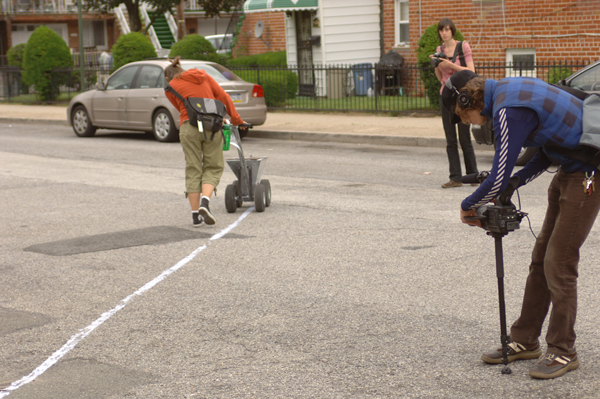




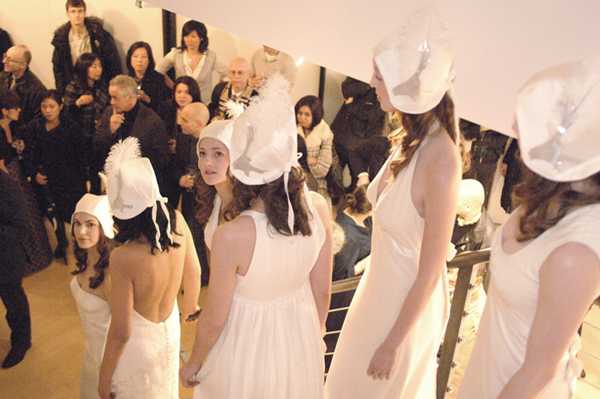




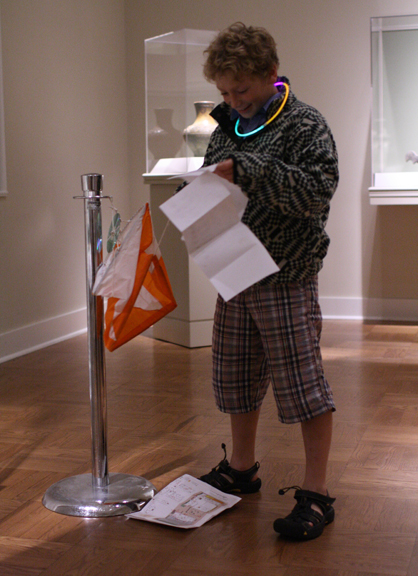





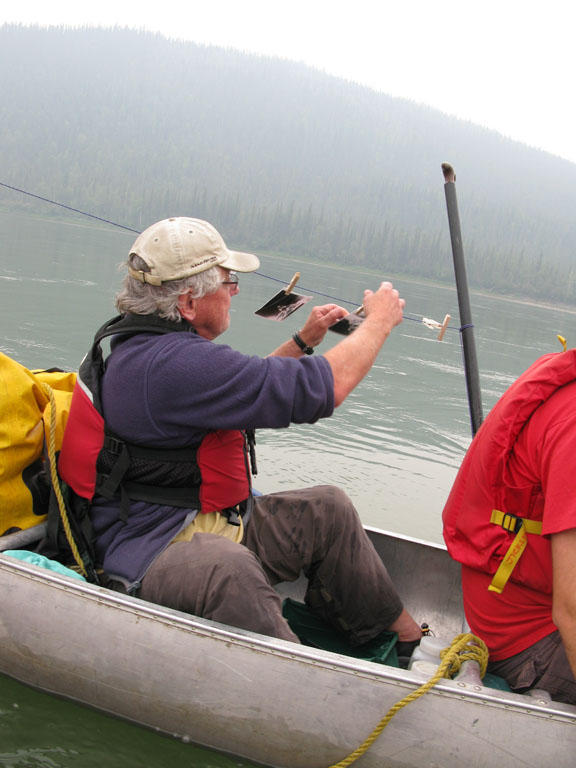





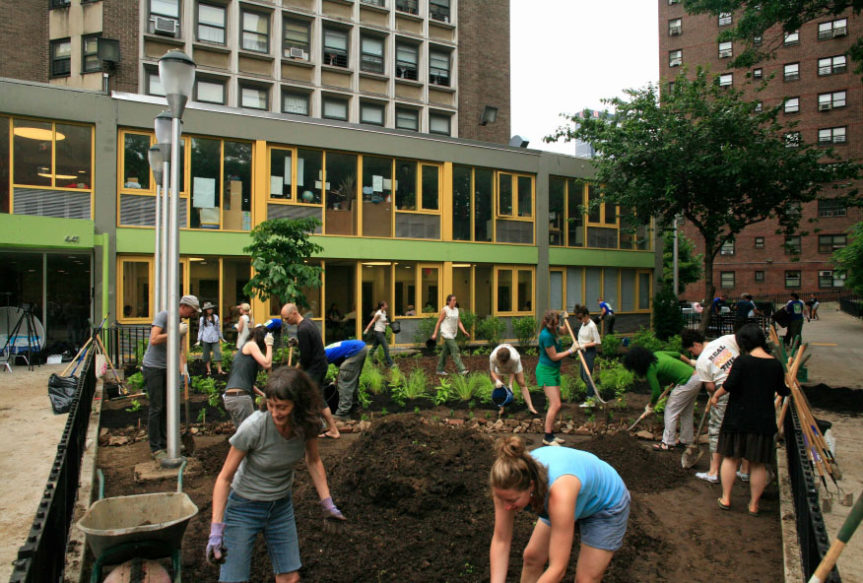

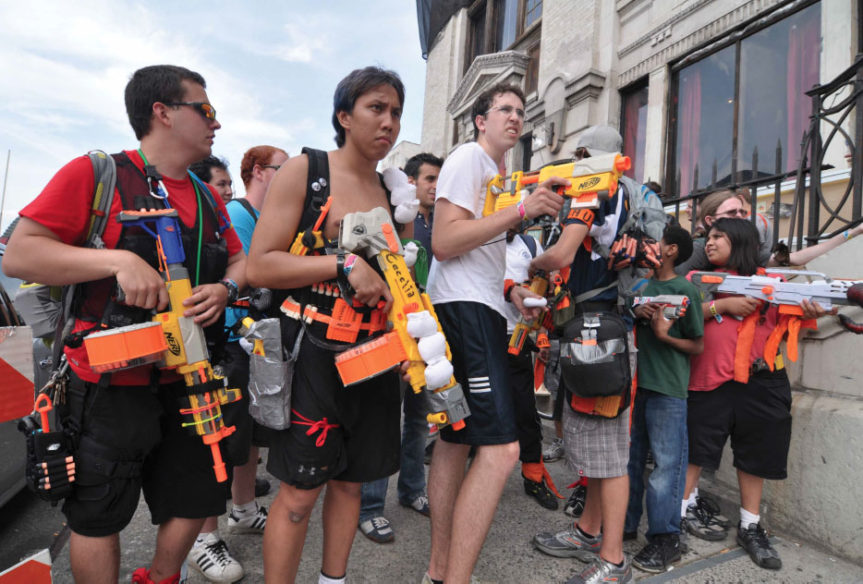

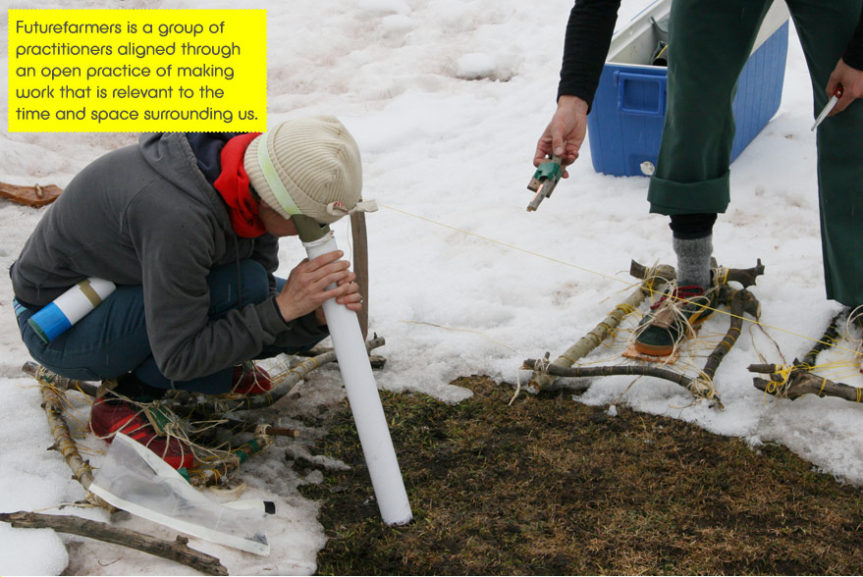

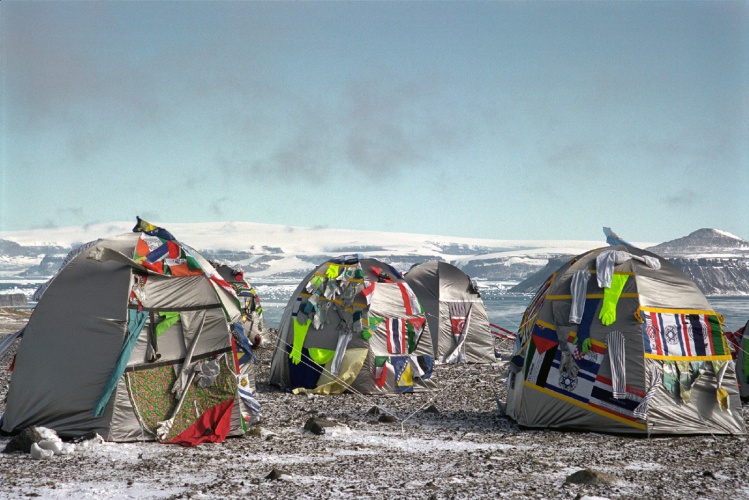

You must be logged in to post a comment.